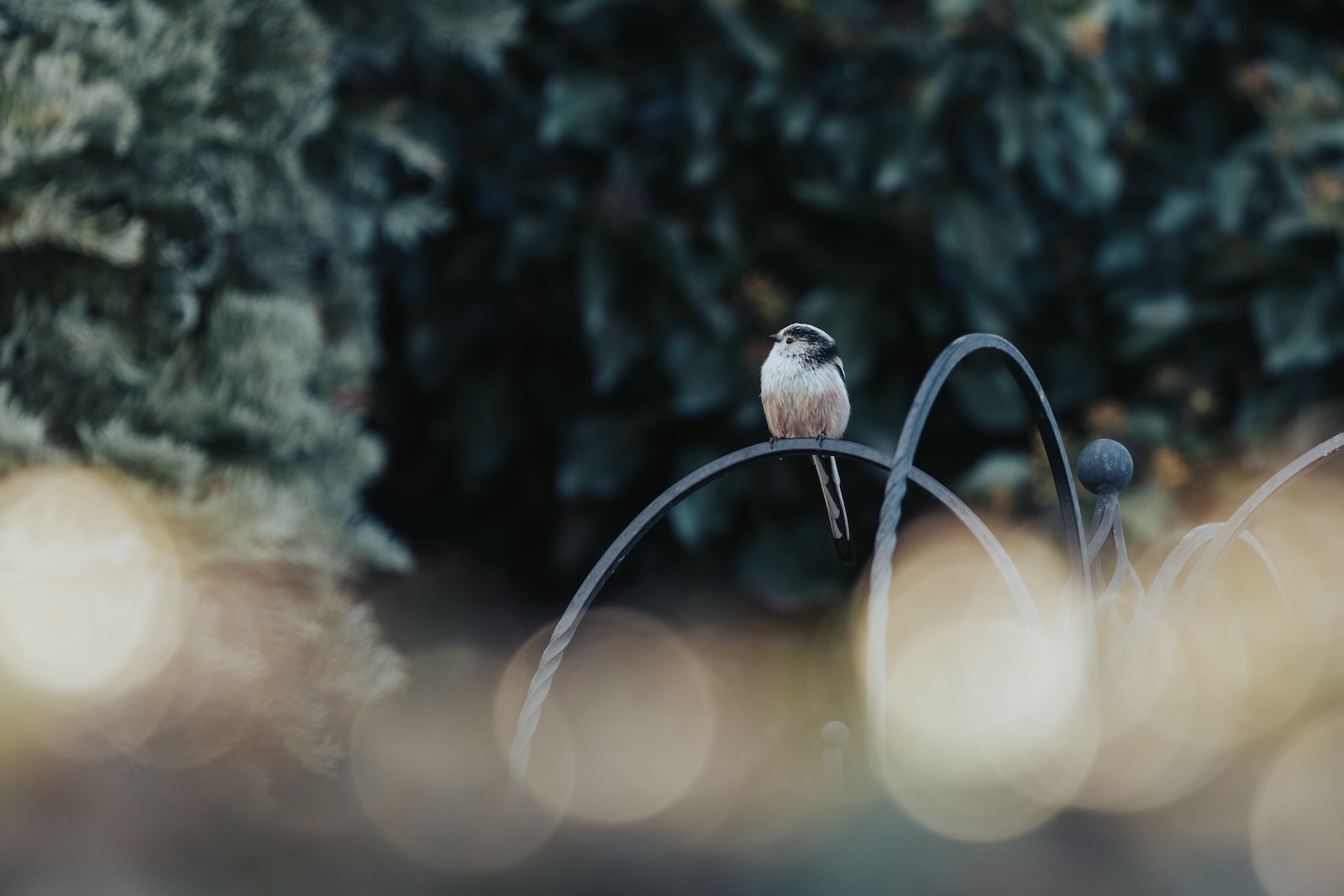Table of Contents
ToggleIntroduction:
The UK is home to a diverse range of bird species, but unfortunately, many of these populations are in decline. The latest data shows that bird populations have continued to crash, with the government poised to break its own targets for protecting these vital species. In this article, we will explore the causes of the decline in bird populations, the implications of this crisis, and the solutions being proposed to address it.
Understanding the Decline in Bird Populations
The decline in bird populations in the UK has been ongoing for several decades. The main causes of this decline include habitat loss, climate change, pollution, and invasive species. Birds are also affected by human activities such as hunting, fishing, and the use of pesticides.
Implications of the Crisis
The decline in bird populations has significant implications for the UK’s ecosystems and biodiversity. Birds play a crucial role in pollination, seed dispersal, and pest control, and their decline can have cascading effects on other species and ecosystems. The loss of bird populations can also impact the economy and the wellbeing of people who enjoy bird watching and other outdoor activities.
Proposed Solutions
To address the decline in bird populations, various solutions are being proposed. These include habitat restoration and protection, reducing the use of pesticides, controlling invasive species, and promoting sustainable hunting and fishing practices. Additionally, climate change mitigation measures such as reducing greenhouse gas emissions are crucial for protecting bird populations.
The Role of Government and Individuals
The UK government has a crucial role to play in protecting bird populations, including implementing policies and regulations that promote habitat protection and restoration, reducing pollution, and limiting the impact of human activities on bird populations. Individuals can also make a difference by supporting bird conservation efforts, reducing their carbon footprint, and promoting sustainable practices in their daily lives.
Success Stories in Bird Conservation
Despite the challenges facing bird populations, there are also success stories in bird conservation. For example, efforts to protect the red kite and the peregrine falcon have led to significant increases in their populations. These success stories demonstrate that with the right strategies and actions, it is possible to reverse the decline in bird populations.
Conclusion:
The decline in bird populations in the UK is a serious crisis that requires urgent action. By understanding the causes of the decline, the implications for ecosystems and human wellbeing, and the solutions being proposed, we can take steps to protect these vital species. It is up to all of us, from individuals to governments, to work together to ensure that bird populations recover and thrive for generations to come.
FAQs
- What is the UK bird list?
The UK bird list is a comprehensive list of all bird species that have been recorded in the UK. It includes both resident and visiting bird species, as well as those that are introduced or escaped from captivity. - What are the UK birds of prey?
The UK birds of prey include species such as the red kite, peregrine falcon, buzzard, sparrowhawk, kestrel, and owl species such as the barn owl, tawny owl, and little owl. - What is the RSPB bird identifier?
The RSPB bird identifier is an online tool provided by the Royal Society for the Protection of Birds that helps identify bird species in the UK. Users can search for birds based on their characteristics such as size, color, and behavior. - What are the common British birds?
Some of the common British birds include species such as blackbirds, robins, blue tits, great tits, chaffinches, goldfinches, wrens, and thrushes. - What are the British garden birds?
The British garden birds include a variety of species that are commonly found in gardens across the UK. These include species such as blackbirds, robins, blue tits, great tits, chaffinches, goldfinches, sparrows, and starlings. - What are the most common garden birds in the UK?
The most common garden birds in the UK include species such as the house sparrow, blue tit, great tit, chaffinch, blackbird, starling, robin, woodpigeon, goldfinch, and collared dove. - What are the rare garden birds in the UK?
Some of the rare garden birds in the UK include species such as the waxwing, redstart, firecrest, hoopoe, and the rosefinch. - What is the UK’s most common bird?
The UK’s most common bird is the house sparrow, which can be found in gardens, parks, and urban areas across the country. - What birds are from the UK?
There are a variety of bird species that are native to the UK, including species such as the red kite, peregrine falcon, buzzard, sparrowhawk, kestrel, barn owl, tawny owl, and little owl. - What is a very rare bird in the UK?
One of the rarest birds in the UK is the Scottish crossbill, which is found only in the Caledonian forest in Scotland. Other rare birds in the UK include the golden eagle, white-tailed eagle, and the osprey. - How many UK birds are there?
There are approximately 600 bird species that have been recorded in the UK, including both resident and visiting species.







